Seminars and Panels
|
Classifying People by Color: How Racial Categories Change Over Time
Professor Alberto A. Martinez
|
Feb 29 2016
|

For years, I’ve taught a course titled “Biology, Behavior, and Injustice.” Among various topics, we discuss the history of how past scientists struggled to classify people in terms of race. At the University of Texas at Austin, where I teach, students are classified into five major racial categories: Black, Hispanic, Native American, Asian, and White. For comparison, I show my students an old science textbook, published a hundred years ago, that shows somewhat similar racial categories: “Black,” “Brown,” “Red,” “Yellow,” and “White.” Now of course, skin tones are not the most scientific way to classify people. Still, such classifications are among the most pervasive ways in which people think about others. Even scientists, physicians, and statisticians end up using and reifying such traditional and problematic categories. I will argue that we should stop reifying traditional racial categories. To do so, I will show how racial categories have changed over time, in American history in particular, to illustrate the arbitrariness of such categories. I will also discuss the results of an experiment that I’ve carried out with students at UT Austin. I compared students’ perceptions of skin tones and have found strikingly unexpected results showing how much they disagree when trying to identify races. I will urge that it is unethical for scientists to reify traditional racial classifications, but that we should devise better ways to plainly describe human differences.
About Professor Alberto A. Martinez
Alberto Martinez is a professor of history of science at the University of Texas at Austin. He was born and raised in San Juan, Puerto Rico. He earned an M.A. at New York University, followed by a Ph.D. in History of Science and Technology at the University of Minnesota. Subsequently, he carried out fellowships at The Smithsonian, the Dibner Institute at M.I.T., and the Center for Einstein Studies at Boston University. He was also the Weisman Instructor in History of Science, at Caltech. He is now the Director of the Certificate Program in History and Philosophy of Science at UT Austin. Martinez’s most recent book is The Cult of Pythagoras: Math and Myths (University of Pittsburgh Press, 2012), on the evolution of myths in the history of mathematics. He is also the author of Science Secrets: The Truth About Darwin’s Finches, Einstein’s Wife, and Other Myths (University of Pittsburgh Press, 2011). And previously, he published Kinematics: The Lost Origins of Einstein’s Relativity (Johns Hopkins, 2009), and Negative Math: How Mathematical Rules Can Be Positively Bent (Princeton University Press, 2005). He has also published articles in several journals and periodicals including American Journal of Physics, Archive for History of Exact Sciences, Physics in Perspective, American Mathematical Monthly, and School Science Review.
http://www.martinezwritings.com/m/About.html
http://www.utexas.edu/cola/history/faculty/profile.php?id=aam829
Click here to view the webcast. |
|
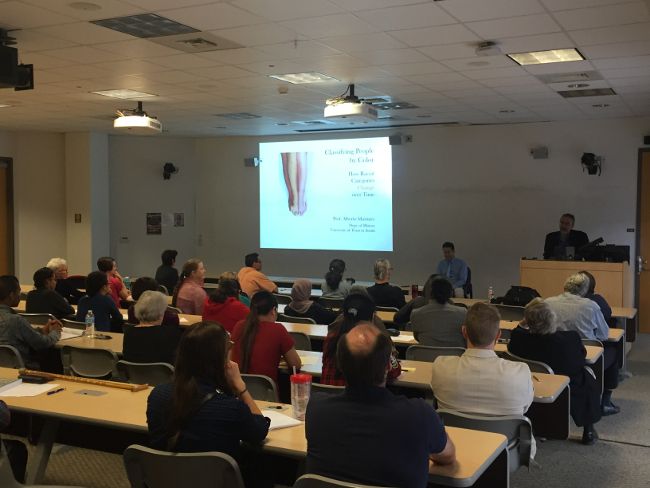
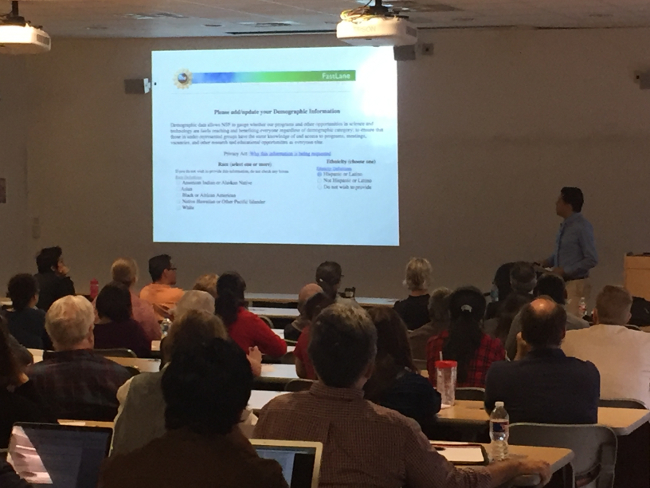
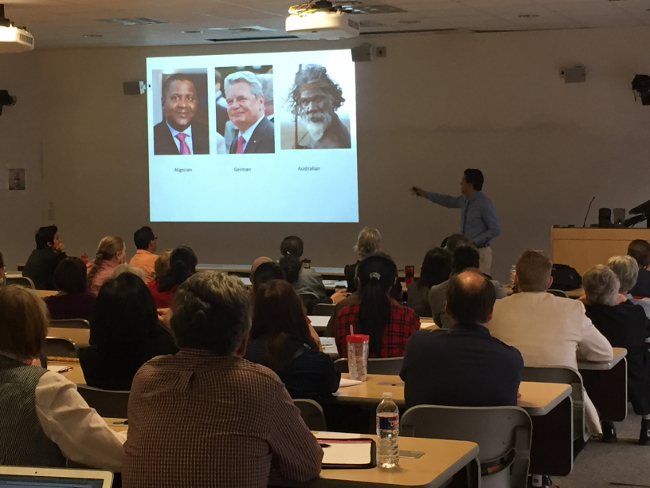
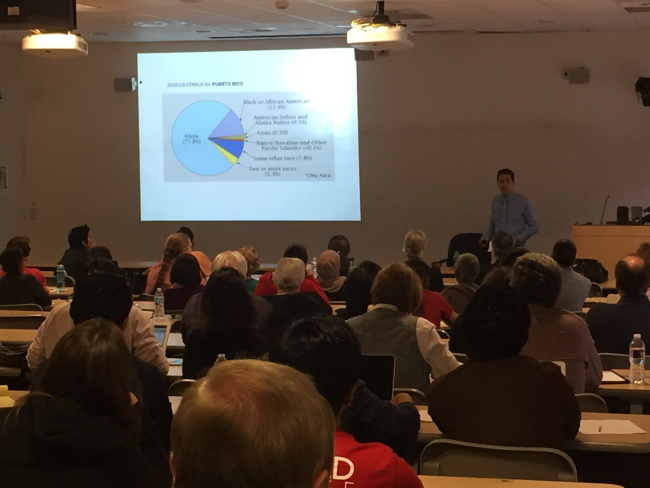
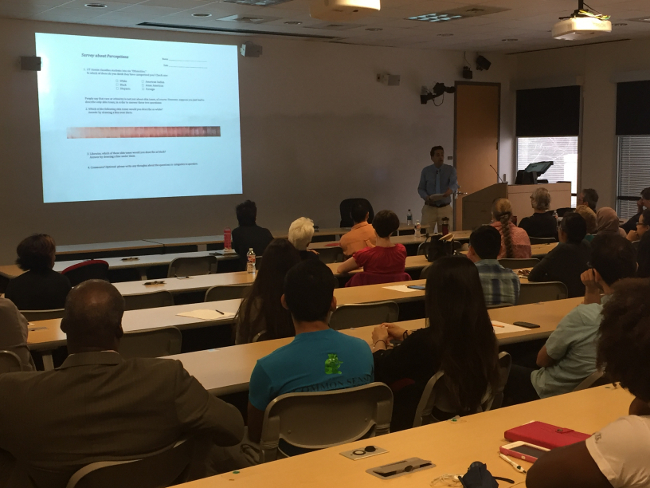
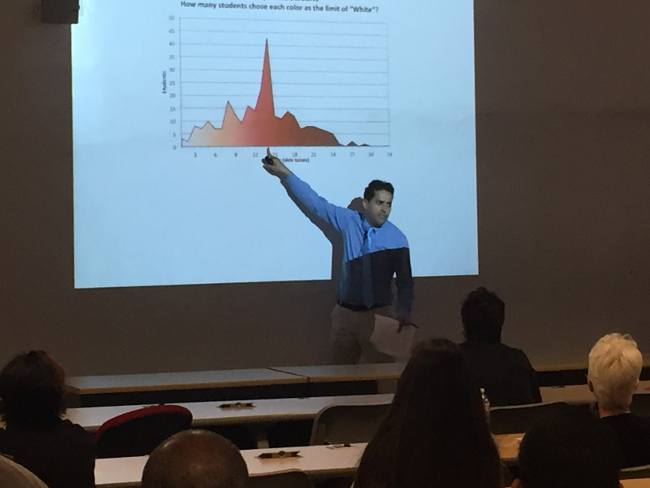
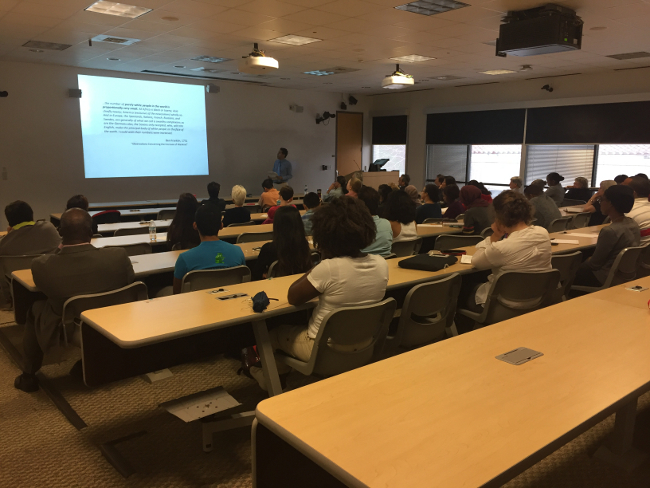
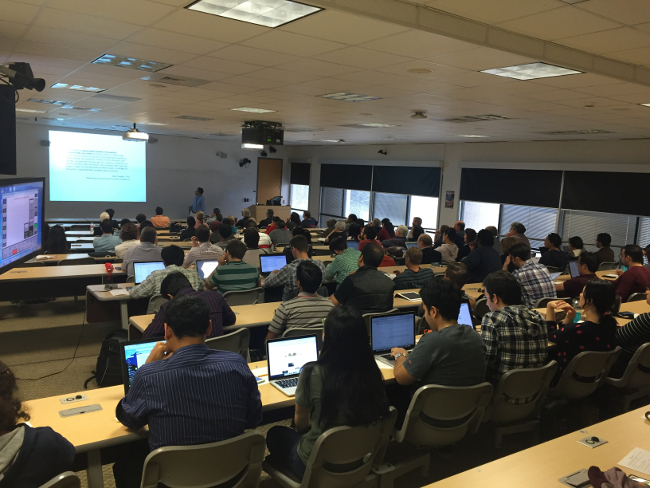
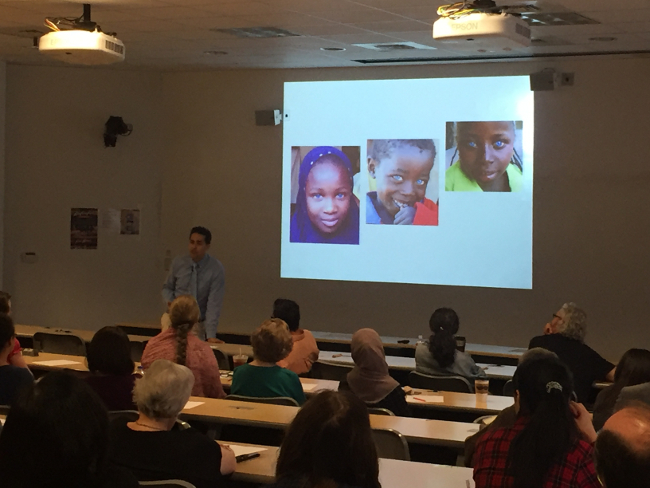
Audience Feedback |
n = 73 |
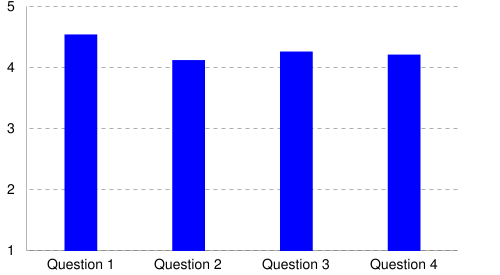
Question 1 - How interesting was the topic to you?
Question 2 - Did you learn anything useful?
Question 3 - How would you rate the quality of the presentation?
Question 4 - How would you rate the quality of the audience's interaction with the speaker?
Selective Comments
" Good talk. I learnt many things."
"It was a very enlightening lecture."
"It was one of the most interesting ethics lectures I have attended till date."
"I'm probably better versed in this topic than the average person, but an interesting topic!"
"Favorite topic and very timely"
- 2017 - 2018
- 2016 - 2017
- Behavioral Concepts and the Sciences of Human Behavior
H. Longino Apr 21, 2017 - Insane Asylums and Genetics: How Human Heredity Became a Data Science
T. Porter Feb 17, 2017 - The Nature of Pride: The Emotional Origins of Social Rank
J. Tracy Jan 23, 2017
- Behavioral Concepts and the Sciences of Human Behavior
- 2015 - 2016
-
Public Ethics, Politics and Sociobiology
M. P. Sheldon Mar 11, 2016 -
Classifying People by Color: How Racial Categories Change Over Time
A. A. Martinez Feb 29, 2016 -
The Origin of Social Impulse: E.O. Wilson's Recent and Controversial Rejection of Kin Selection in Historical Context
A. Gibson Dec 4, 2015
-
Public Ethics, Politics and Sociobiology
- 2014 - 2015
-
Special Event: Lone Star History of Science Meeting Writing the Origin with Burned Fingers: Darwin's Penance for the "Sin of Speculation"A. Sponsel Apr 3, 2015 - Welfare, Work, and Witness: Why Clinical Research Can Survive the Death of a Healthy Human Subject
L. Stark Apr 3, 2015 - The Distinctive Significance of Systemic Risk
A. James Mar 6, 2015 - The Devil's Heritage: Masuo Kodani, the "Nisei Problem," and Social Stratification at the Atomic Bomb Casualty Commission in Japan (1946-1954)
V.B. Smocovitis Jan 28, 2015 - Atypical Combinations and Scientific Impact
B. Uzzi Dec 8, 2014 - Psychology of Science and Technology
M. Gorman Nov 17, 2014 - How Economics Shapes Science
P. Stephan Sep 10, 2014
-
- 2013 - 2014
- The Decision to Put David Vetter in the Bubble
J. H. Jones Apr 16, 2014 - Ethical Paradoxes of
Control: Science, Engineering, and the Expansion of Moral ResponsibilityR. Hollander Mar 3, 2014 - 'Broken Symmetry': Humanism, Militarism, and the Dilemmas of Scientific Identity in Nuclear Age America.
J. Wang Feb 17, 2014 - Using Creative Non-Fiction in Teaching Research Ethics
C.M. Klugman Dec 2, 2013 - Does Neuroscience Undermine Responsibility?
W. Sinnott-Armstrong Nov 15, 2013 - Arming Mother Nature: The Birth of Catastrophic Environmentalism
J. Hamblin Oct 18, 2013
- The Decision to Put David Vetter in the Bubble
- 2012 - 2013
- Lead Wars: the Politics of Science and the Fate of America's Children
D. Rosner Mar 25, 2013 - Identifying potential pitfalls in the quantitative appraisal system for scientific careers
A.M. Petersen Dec 3, 2012 - Keeping Secrets: Scientists' strategic management of militarization, 1945-1980
S. Lindee Nov 12, 2012 - Evolutionary Theory as Methodological Anesthesia: Methodological and Philosophical Lessons from Evolutionary Psychology
R.N. Boyd Oct 19, 2012 - Panel on Peer-Review Issues
Oct 11, 2012
- Can technology enable cities to cope with the economic winter?
A. Hampapur Sep 21, 2012
- Lead Wars: the Politics of Science and the Fate of America's Children
- 2011 - 2012
- Engineering Success and Failure on 9/11
S.K.A. Pfatteicher Apr 27, 2012 - Regulating Ionizing Radiation: Flawed Standard, Flawed Ethics
K.S. Frechette Mar 5, 2012 - Do fish feel pain?
C. Allen Jan 25, 2012 - The Ethics of Relevancy
J. Levine Dec 13, 2011 - ORI Cases and How to Protect Yourself from Research Misconduct in Your Labratory
A.R. Price Nov 7, 2011
- Engineering Success and Failure on 9/11











